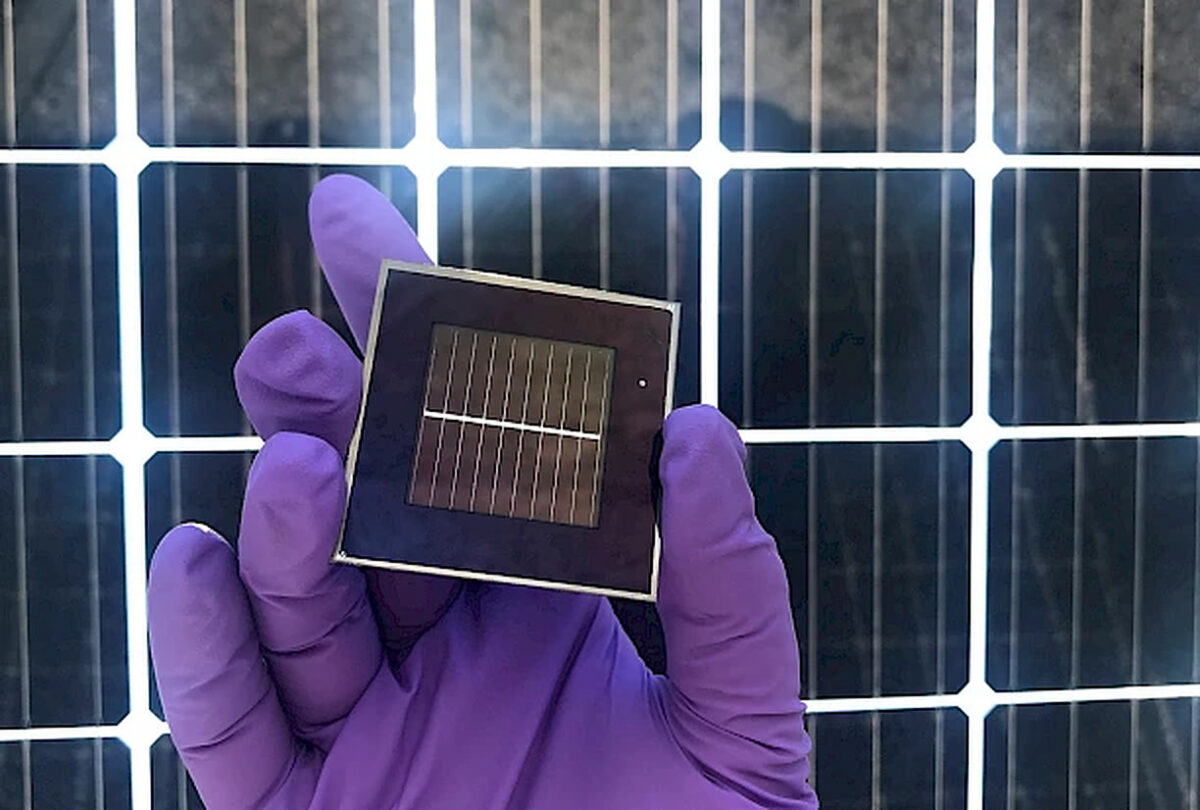Researchers at France's National Solar Energy Institute (INES) – a division of the French Alternative Energies and Atomic Energy Commission (CEA) – and Italian renewables specialist Enel Green Power claim to have achieved a power conversion efficiency of 27.1% for a two-terminal tandem perovskite-silicon solar cell. The scientists said the new result improves on the 26.5% efficiency they achieved for the same kind of cell in March.
The device with an active area of 9 cm² has an open-circuit voltage above 1,900 mV, CEA-INES said, noting that the improvement on the device was due, again, to “shading correction.” It did not reveal any additional technical details.
“The CEA and 3SUN had already presented first-class results in April 2022 with 24.9%, then in December 2022 with 25.8% and 26.5% in March 2023, for the same PIN architecture tandem cell,” the CEA-INES said in a statement.
Popular content
Enel Green Power through its unit 3Sun is betting on an n-type heterojunction (HJT) cell with an efficiency of 25.5% for its new 3 GW solar module factory now under construction in Catania, southern Italy. It recently said this could result in module efficiencies above 24%. From 2026, Enel Green Power plans to offer even more efficient solar modules based on tandem silicon-perovskite cells. The final products will reportedly reach efficiencies of around 30%.
CEA-INES and Enel Green Power have jointly developed DC/DC maximum power point trackers (MPPT). They said they are now also working on high-efficiency bifacial PV panels. In addition, they claim to have achieved a power conversion efficiency rating of 24.47% for a gallium-doped p-type heterojunction silicon solar cell in March 2022.
This content is protected by copyright and may not be reused. If you want to cooperate with us and would like to reuse some of our content, please contact: editors@pv-magazine.com.



In that present day everyone needs more energy producing solarcell in small in size and i didn’t think that to small size of sollar cell can produced 28% of electricity. Thanks to your team to produced such type of sollar cell.